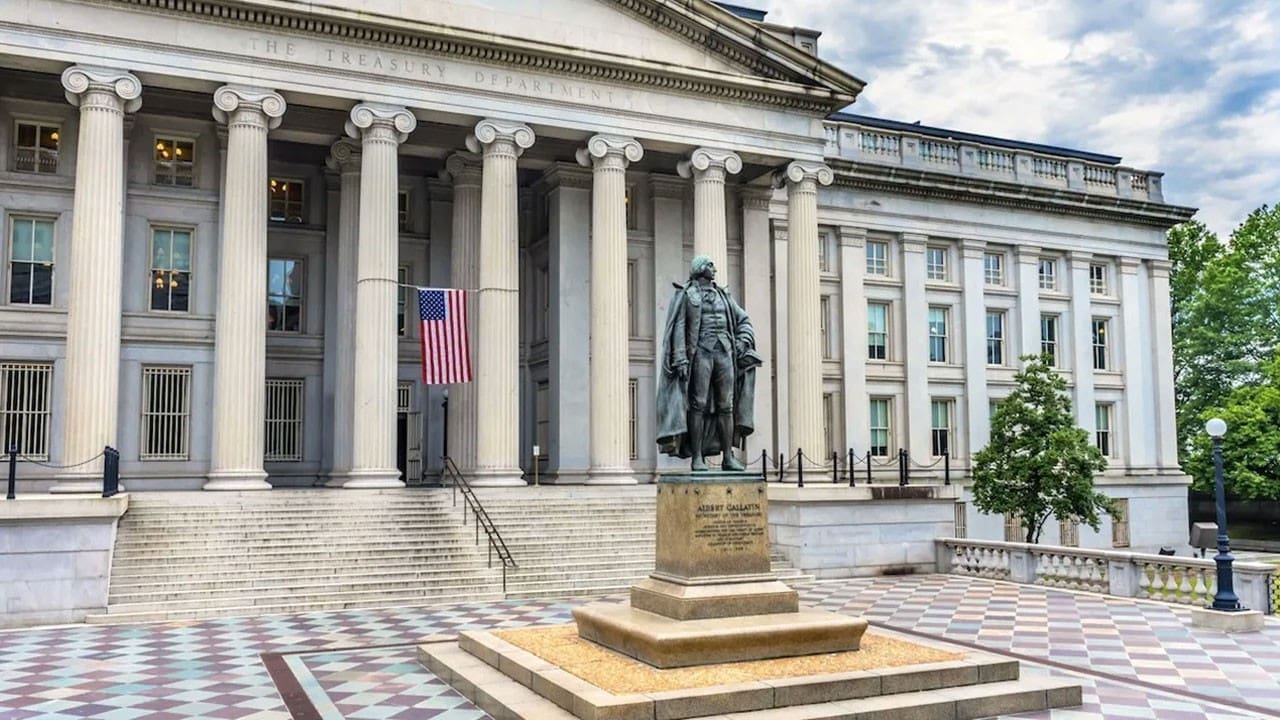1 Ekim’de yeni mali yılın başlamasına çok az bir süre kaldı, ancak Kongre hala federal hükümetin finansmanını sağlayacak bütçe tasarısı konusunda anlaşmaya varamadı. Son 47 yılda 21 kez federal hükümet, bütçe eksikliği nedeniyle “kapanma” yaşadı. Bu kez, Kongre’nin yeni bir bütçe tasarısı üzerinde anlaşmaya varmak ve kapanmayı önlemek için 30 Eylül’e kadar süre verildi.
Kritik Onay Süreci
Herhangi bir bütçenin yasalaşması için Meclis’ten geçmesi, ardından Senato’dan onay alması ve son olarak ABD Başkanı Joe Biden tarafından imzalanması gerekiyor.
Ukrayna Fonu ve İç Anlaşmazlıklar
ABD Kongresi, Demokratların kontrolündeki Senato ile Cumhuriyetçilerin yönetimindeki Temsilciler Meclisi arasında bölünmüş durumda. Cumhuriyetçi aşırı sağcı muhafazakarlar, hükümet kapanmasını bütçede harcama kesintileri için bir koz olarak kullanmak istiyor. Harcama planları ve Ukrayna’daki savaşa fon sağlanması konularında anlaşmazlık yaşanıyor.
Geçici Bütçe ve Kurumların Durması
Amerikan kanunlarına göre, Kongre, 1 Ekim’de başlayıp 30 Eylül’de sona eren mali yıl için kalıcı bütçeyi onaylayamazsa geçici bütçelerle aranın kapatılması gerekiyor. Geçici bütçe onaylanamadığı zamanlarda federal kurumlar faaliyetlerini geçici olarak durdurur. Bu, federal hükümetin operasyonlarının çoğunun durmasına neden olabilir.
Bu durum, ABD’de federal hükümetle etkileşimde olduğu birçok sektörde aksama riski taşıyabilir. Hayati olmayan kamu çalışanları zorunlu izne çıkarılırken, bazı kurumlar ve personel ise maaşlarını genellikle yeni bir bütçe geçene kadar alamayabilir.








